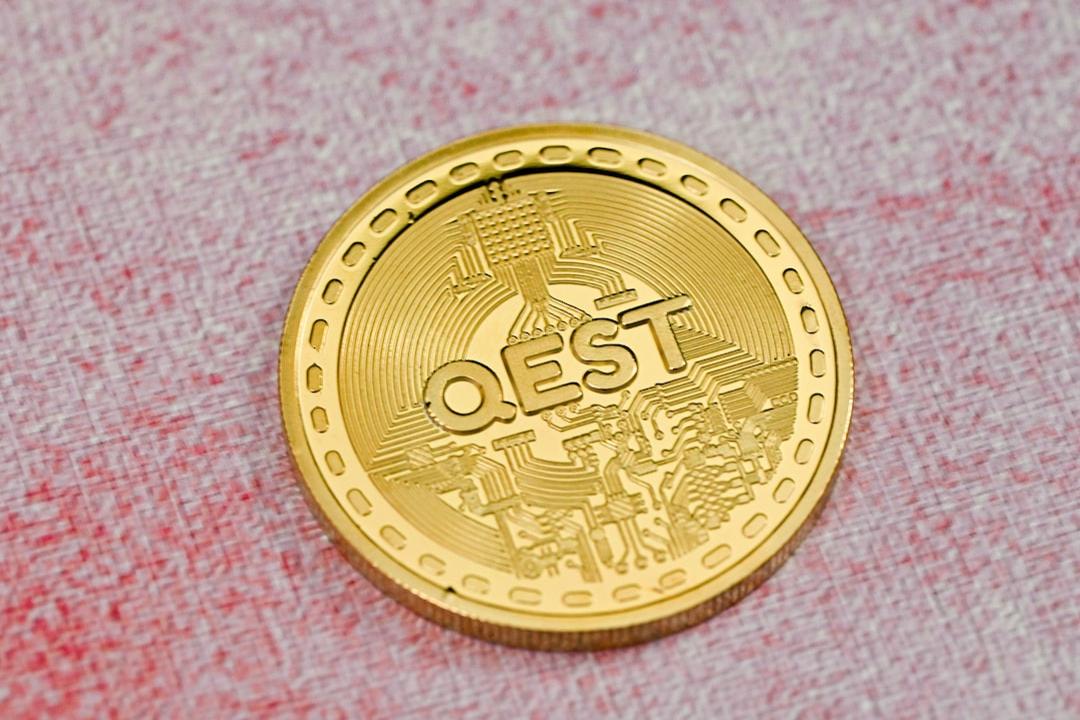Memecoins that can tap into deeper aspects of “culture” during this cycle could prove to be more lucrative than conventional meme tokens based on animals and simple jokes, according to Andrew Kang, co-founder of Mechanism Capital.
In a post on April 7, Kang stated that a new category of “culture coins” – memecoins centered around cultural values such as politics, brands, religion, and lifestyle – have the potential to go viral, surpassing popular memecoins from the previous cycle like Dogecoin (DOGE) or Shiba Inu (SHIB) coins. “The ideologies of these communities can revolve purely around politics, religion, consumer goods, sports, way of life, or be a combination of all,” Kang added.
Kang pointed out two specific Solana-based memecoins – Jeo Boden (BODEN) and Doland Tremp (TREMP) – as recent examples of culture coins that rapidly gained traction within communities holding “anti-woke, anti-Biden, and right-wing views.”
Since its launch on March 9, BODEN has experienced significant growth, with gains of over 700,000%. As of now, Boden boasts a market capitalization of $473 million and ranks as the 191st largest token by total value, according to CoinGecko data.
The Donald Trump parody coin TREMP has also seen substantial gains since its launch on Feb. 27, although not to the same extent as BODEN. It currently has a market cap of $73 million, according to Birdeye data.
Apart from politics, Kang suggested that memecoins inspired by successful consumer brands, specifically mentioning ZYN and MOUTAI as investments made by his firm, could benefit from the brand’s associated lifestyle, leading to increased virality.
“When compared to animal coins, coins representing consumer brands can leverage the brand’s associated lifestyle for added virality,” Kang explained.
In general, Kang argued that investing in memecoins is not far off from investing in traditional assets that generate significant returns. “The assets that experience the most significant price surges (stocks, real estate, metals, coins, etc.) are simply assets that people have the most faith in,” he said.
However, opinions within the crypto industry are divided on the impact of memecoins. BitMEX co-founder Arthur Hayes believes that memecoins are a “net positive” for their respective blockchain networks, while others argue that they are a risky, speculative mess that goes against the founding principles of blockchain technology.
Regardless of their impact on the ecosystem, memecoins have emerged as the most profitable sector within the crypto industry in the first quarter of this year. According to a market report from CoinGecko, the top 10 largest memecoins recorded an average gain of 1,312.6% for holders in Q1 2024.
“The memecoin narrative was 4.6 times more profitable than the next best-performing crypto narrative of tokenized real-world assets (RWA), and 33.3 times more profitable than the layer 2 narratives with the lowest returns in Q1 this year,” said CoinGecko analyst Lim Yu Qian.
Magazine: 5 dangers to be aware of when investing in Solana memecoins.

